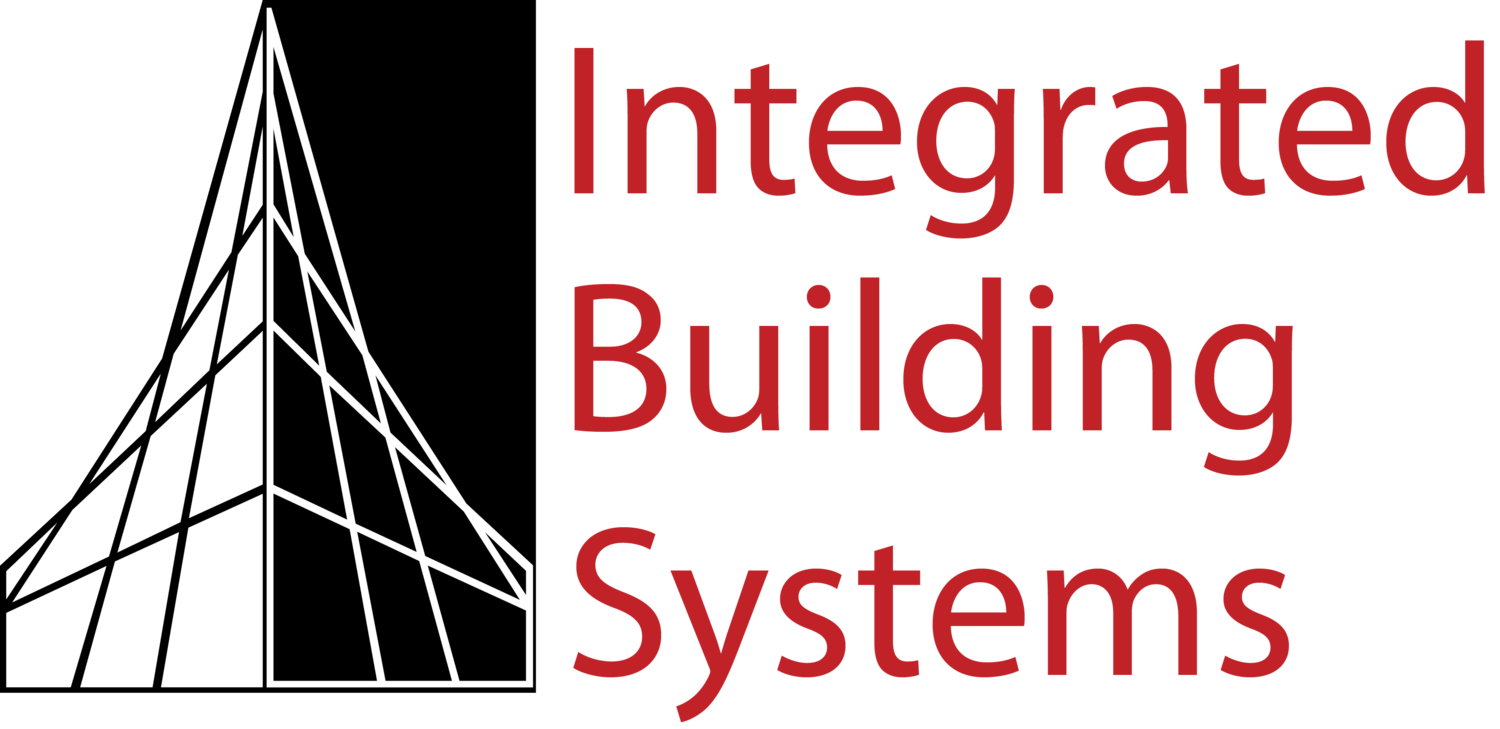3 Common Misconceptions About Sound Masking
For the past year, offices have not just been quiet – many have been silent.
As we return to our commutes and the bustle of the workplace, the sounds of our colleagues are bound to be distracting after working from the (relative) quiet of our homes.
Post-pandemic, the modern office spaces that favor open floorplans and lots of easy-to-clean hard surfaces hold great appeal. But both of those features also make it easier for sound to travel, and for you to hear every detail of your boss’s 10 a.m. meeting happening down the hall.
This is where a sound masking system comes in to save the day.
Sound masking is a great solution to help limit distractions and improve speech privacy in offices that are too noisy, or even too quiet. But at Integrated Building Systems, we have found that there are some common misconceptions about what exactly this system is and how it works.
Let’s explore some fact and fiction about sound masking.
3 Misconceptions About Sound Masking
1. Sound masking = noise cancelling
Sound masking does exactly what the name says: it “masks” sounds. Though that sounds like it should eliminates sounds, that’s not what it’s designed to do.
A sound masking system adds a constant, subtle, HVAC-like noise to the background. This sound “masks” speaking voices and other office noises, which improves speech privacy and helps eliminate distractions.
For example, let’s say you have a particularly boisterous coworker – you know, the one you can hear even when the office door is shut. You will still be able to tell that they are having a conversation with the sound masking system turned on. However, you will not be able to tell what they are saying, which makes their voice less distracting. It also gives them more privacy when they are in meetings or taking phone calls.
Or, maybe your office is so quiet you could hear a pin drop. That can be just as distracting as a loud office, and it is very disruptive when any noise is made. In that case, a sound masking system adds a level of background noise that will help keep you focused and make it less jarring when someone makes a sound.
2. Sound masking = white noise machine
Now you may be thinking, “so sound masking is basically a white noise machine.” Well…not quite.
White noise machines work best when you are falling asleep right next to one. They have to be turned up to a high volume to truly mask speech (more on that in the next point). And they provide uneven coverage throughout a space.
A sound masking system, by comparison, provides a uniform, practically unnoticeable sound throughout an entire office space. To get this even coverage, Integrated Building Systems’ engineers plan where the emitters should go so that they cover the entire space without overlapping each other.
3. Sound masking has to be loud to be effective
Technically, any sound can mask speech if it’s loud: rain, music, construction, you name it. But any of those things would be more distracting than the benefit of speech privacy they provide.
A sound masking system, by contrast, does not have to be turned up very loud to be effective. When our engineers install a sound masking system, they help the client set it at a volume that performs best for their people and work environment. At the programmed setting, you will likely not even hear it when you first walk into the office.
Hearing is believing
Make no mistake, even at a quiet setting, the sound masking system is working.
We know, because we are partial to our sound masking system at the Integrated Building Systems office. Whenever we turn it off to demonstrate it to guests, team members start poking their heads out of their offices to see when it will be turned back on.
Schedule a visit to our Tech Studios and hear the difference for yourself.




